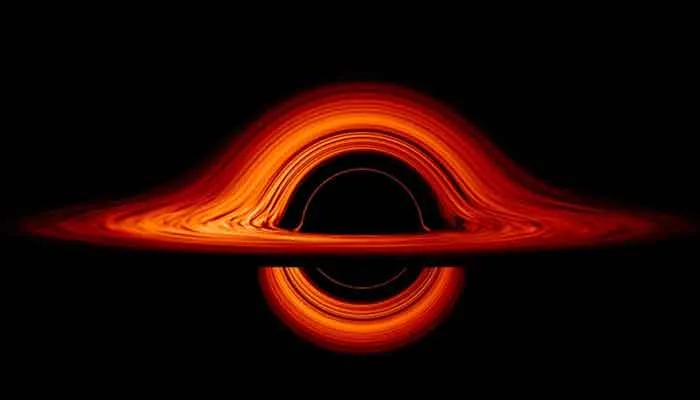Could Dark Matter Be Behind Early Supermassive Black Holes?

A surprising new theory suggests that dark matter black holes may have formed directly in the early universe—without the need for stars to die first. Recent astronomical observations, especially from the James Webb Space Telescope, have puzzled scientists by revealing colossal black holes just a few hundred million years after the Big Bang. Now, researchers believe dark matter might have played a key role in their sudden emergence.
A Cosmic Mystery
Traditional theories say black holes form from the collapse of massive stars. These stellar remnants slowly grow by absorbing gas, stars, or even other black holes. However, this process takes time. In the early universe, there simply wasn’t enough of it for small black holes to become supermassive. This raises the question: how did black holes billions of times the sun’s mass appear so quickly?
Scientists think the early cosmos might have followed a different path to create these giants. Instead of forming stars first, enormous gas clouds could have collapsed directly into black holes. But even this idea faces a problem—molecular hydrogen.
Read: Apple Targets Lens Flare Fix with Innovative Camera Patent
The Role of Molecular Hydrogen
Gas clouds cool and contract using molecular hydrogen. This cooling typically causes the cloud to fragment, forming clusters of stars instead of a single, massive collapse. For a direct black hole formation, that cooling process must be stopped.
High-energy ultraviolet (UV) radiation can destroy molecular hydrogen, preventing the gas from cooling and fragmenting. But in the early universe, stars were scarce, and UV radiation levels were low. This makes the direct-collapse black hole scenario difficult to achieve—unless something else was influencing the process.
Enter Dark Matter
That “something else” could be dark matter. A recent study by Hao Jiao of McGill University and colleagues, published in March and shared on arXiv, explores this idea. Their work suggests that certain forms of dark matter—especially those made of extremely lightweight particles—could change how gas behaves in the early universe.
These ultra-light particles, much lighter than even a neutrino, would act more like a continuous quantum wave than a swarm of particles. In large-scale environments like galaxies, this wave-like nature could smooth out the distribution of matter and prevent gas clouds from breaking apart.
This “quantum ocean” of dark matter might support the creation of enormous gravitational wells, where hydrogen and helium collapse directly into massive black holes. By bypassing star formation, these dark matter-driven collapses could explain the sudden appearance of supermassive black holes seen today.
What This Means for Cosmology
If this theory holds, it could radically reshape our understanding of both dark matter and black hole formation. It also offers a new lens through which to view the early universe—not just as a place of stars and galaxies, but one where dark matter quietly sculpted the foundation of cosmic evolution. Scientists will continue to test this theory through simulations and further telescope observations in the coming years.
Follow us on Google News, Instagram, YouTube, Facebook,Whats App, and TikTok for latest updates












